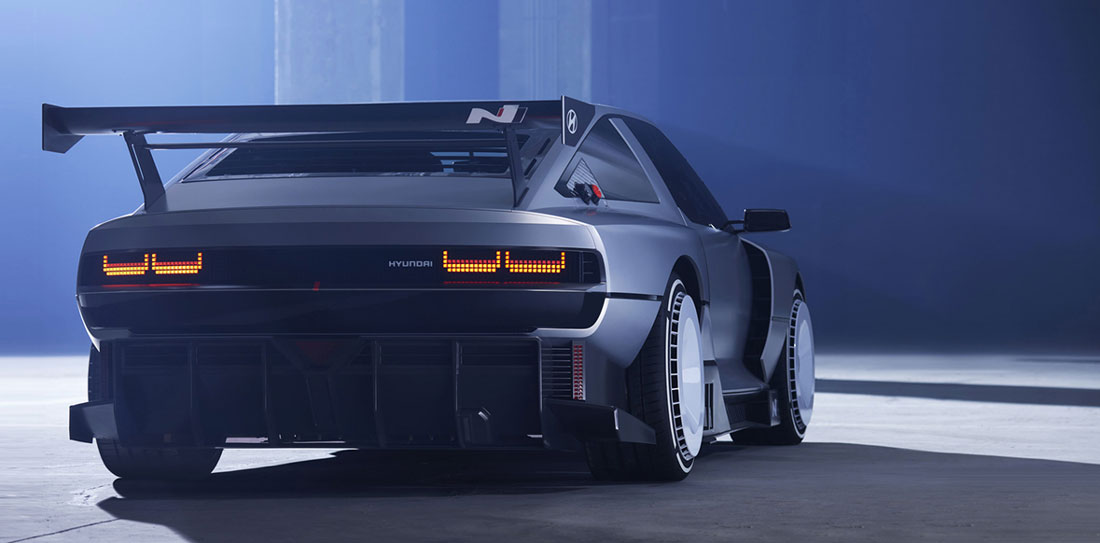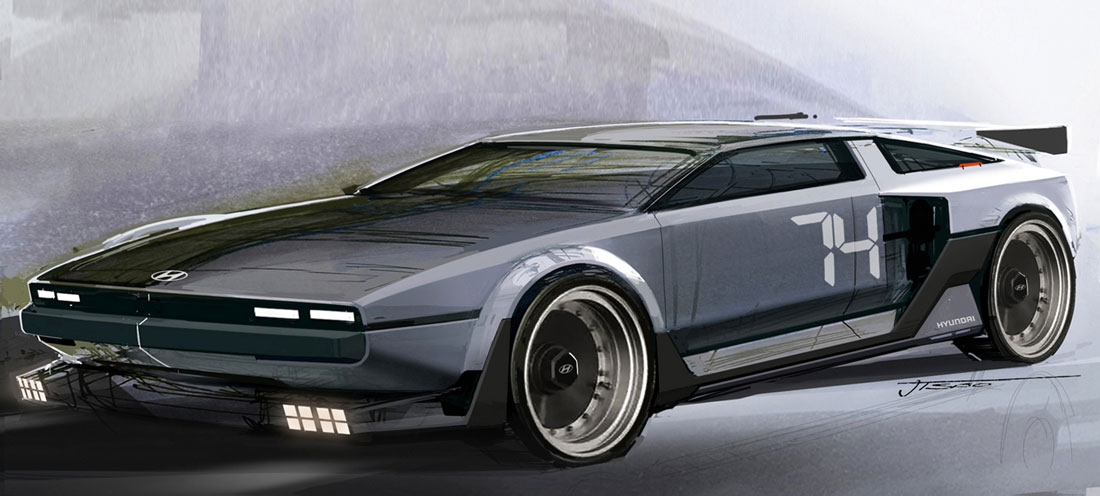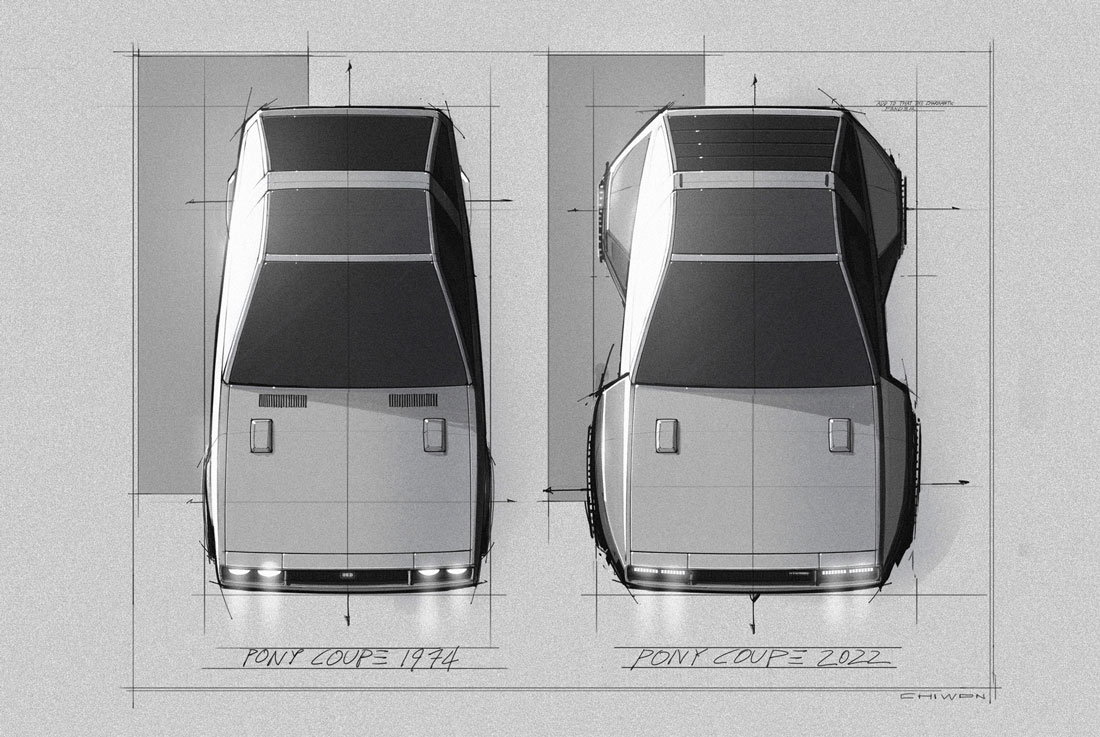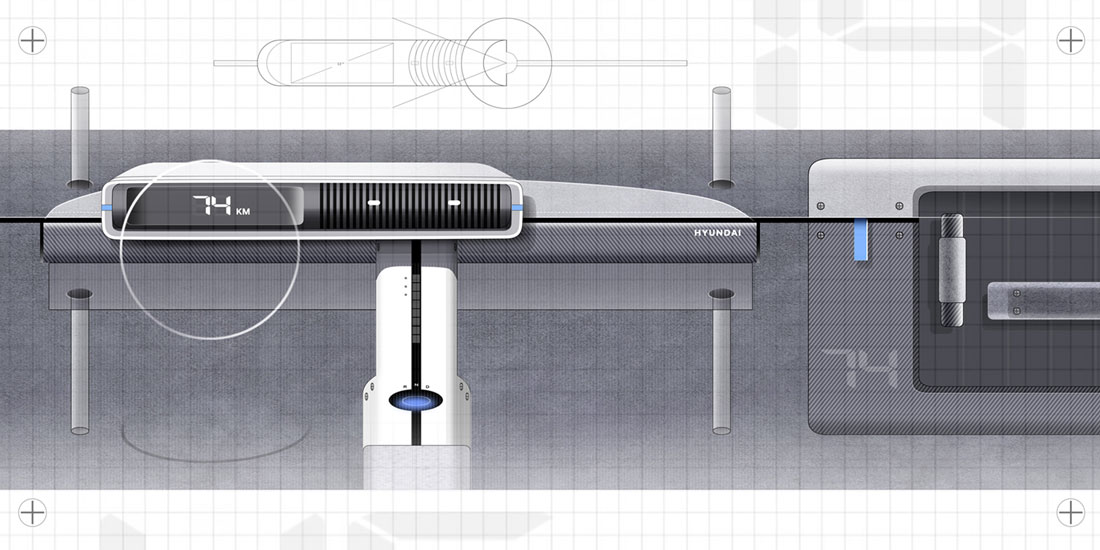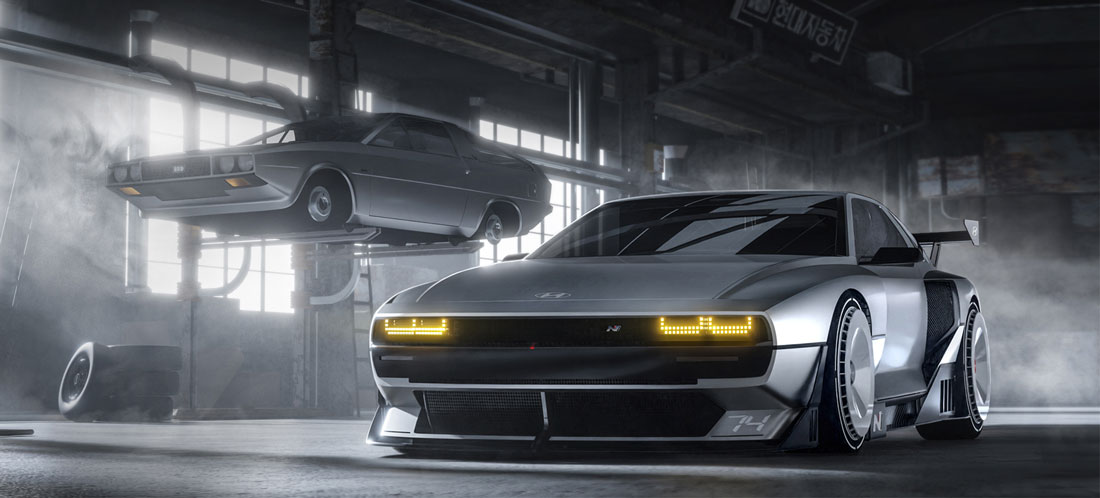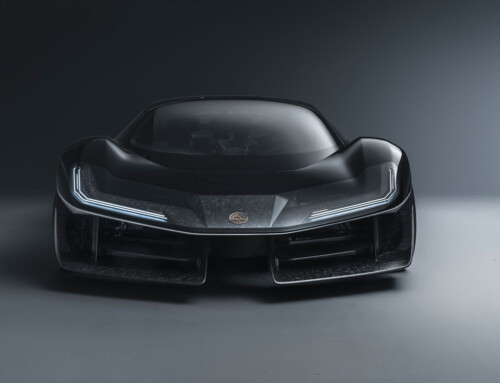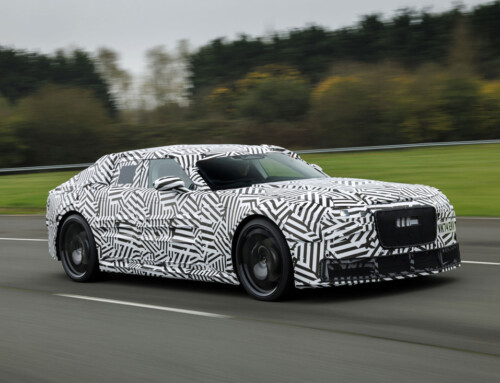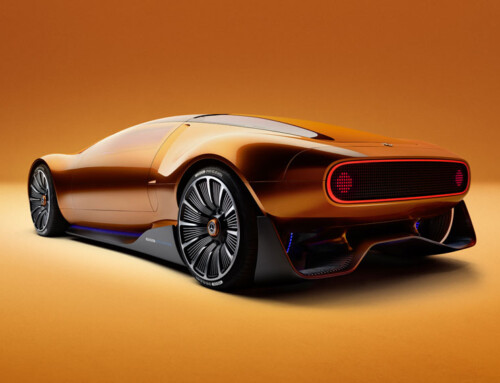There is something romantic about Hyundai’s most recent and futuristic concept, with more than a hint of “back to the future”. Starting with the name, Hyundai N Vision 74, as we will see later through the testimony of SangYup Lee, design manager of the Korean firm. Let’s face it right away: it is a supercar whose production has not yet been foreseen, as for now it is defined by its designers as “a lab on four wheels.” It is understandable: it is an FC hybrid, that is, with a fuel cell. In short, hydrogen. Let’s go back to its name. N stands for the brand born seven years ago and which characterizes high-performance Hyundai cars, a bit like AMG at Mercedes. The explanation for that number 74 comes directly from Lee: “Its futuristic design reflects the respect and appreciation we have for the dedication and passion poured into the Pony Coupé concept.” A concept, it must be said immediately, that Hyundai decided not to mass produce. Here is born the romantic connection with that number 74.
A legacy with Giorgetto Giugiaro
And Lee explains it well. “It is the story of our identity and our DNA. 1974 is the year in which the Pony was born, the first independent car born in Korea. It was also the year in which the first series of the Volkswagen Golf was born, with a profile very similar to the Pony. No mystery: both models were designed by the maestro Giorgetto Giugiaro, in what was and remains the most functional monocoque design, heir to the Bauhaus design philosophy. If the current Golf and our Ioniq 5 look alike, it is because they are heirs of those two ancestors.”
The “piano di forma” discovery
More recently, Hyundai designers have found a “piano di forma”, plan of shape, of the Pony Coupé in the firm’s archives. The date February 18, 1977: the proof that the project had not been immediately abandoned. It became clear that Hyundai founder Chung Ju-Yung, convinced that a high-performance car was essential in the development of an international brand, had commissioned not one but two cars from Giugiaro. If nothing came of it, it was due to the opposition of the sales department, to some technical limitations, perhaps also to a political brake in a Korea which was rigorously starting its development.
From the Pony Coupe to the N Vision 74
Years went by and in 1981, seven years after that Turin show, the iconic DeLorean DMC-12 is born. Very similar – almost identical, some say – to the Pony Coupé. “Of course”, Lee smiles: “Also this one designed by Giugiaro. The car that we had not been able to produce, now born with another brand.” From the Pony Coupé to the DeLorean to the N Vision 74, which is not just a tribute to the past but a road beast. 4.95 meters long, 1.99 wide and 1.33 high, with a wheelbase of 2.90, it has the appearance and substance of a premium granturismo, with two electric motors delivering 500 kW (680 horsepower), a maximum speed of over 250 kph and a range of at least 600 km.
An extraordinary resemblance
The resemblance to its ancestors is extraordinary, but updated as shown for example by the cut and angular sides, by the lateral bulges or the parametric pixels of the headlights, or by the rear spoiler, not to mention the interiors reinterpreted in a key of total relaxation, with a driver-oriented cockpit that blends heritage elements with modern design. However, elements such as the dynamic proportions of the profile and the angle of the B pillar remain the same, with a few touches also of the N 2025 Vision Gran Turismo concept, presented in 2015 with the launch of the N brand. Above all, the spirit – almost pioneering – of the Pony Coupé remains intact. Lee, who personally designed the exterior, has vouched for it.
A workshop of ideas
As a test bed for the future of hydrogen and its high performance ambitions, Hyundai has managed the fusion of the latest technology with an iconic design moment from nearly fifty years ago. It remains to be seen whether today this vision of the electric future will have a better fate, in terms of production, than the Coupé of then. Surely it has the numbers: in Hyundai’s intentions it has spectacular road holding, is ready to compete on any circuit and is also good for going out to buy the milk. Without spilling it, hopefully.
(Full article in A&D n. 257)

